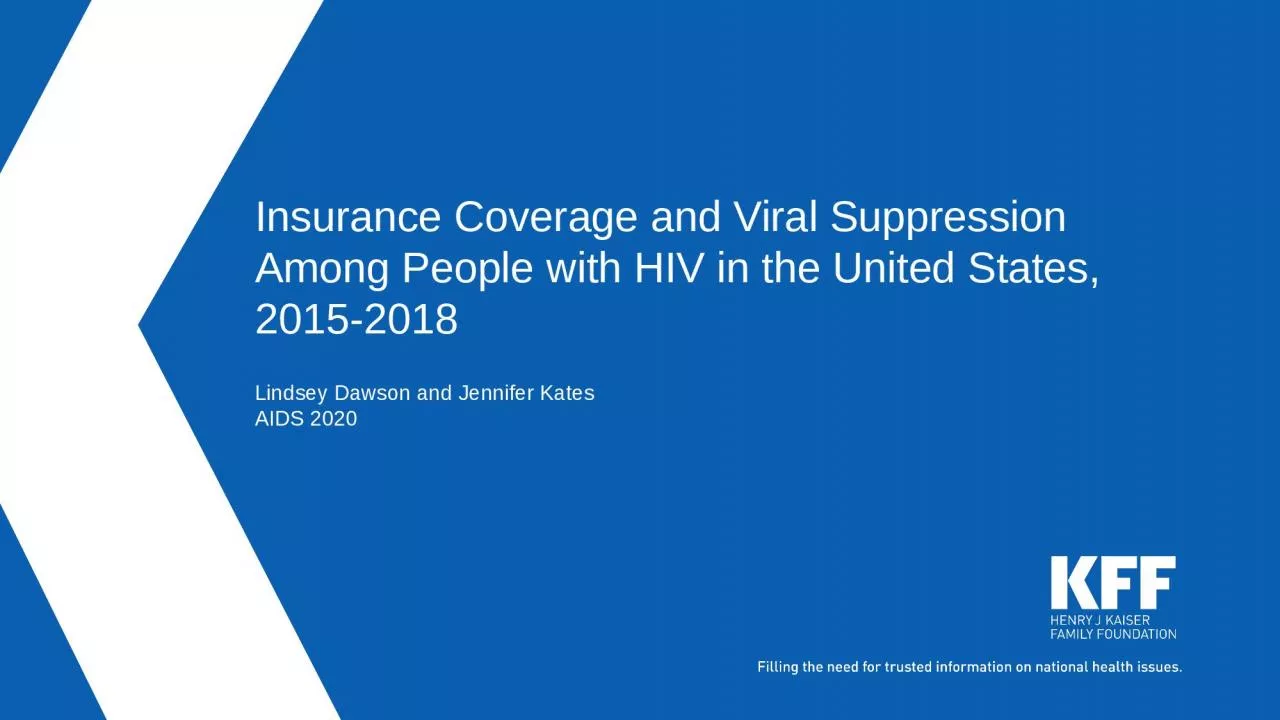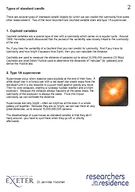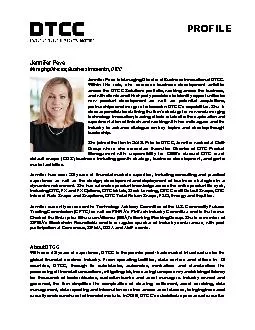PPT-Lindsey Dawson and Jennifer Kates
Author : brianna | Published Date : 2024-01-29
AIDS 2020 Insurance Coverage and Viral Suppression Among People with HIV in the United States 20152018 Health insurance coverage and access to care improve health
Presentation Embed Code
Download Presentation
Download Presentation The PPT/PDF document "Lindsey Dawson and Jennifer Kates" is the property of its rightful owner. Permission is granted to download and print the materials on this website for personal, non-commercial use only, and to display it on your personal computer provided you do not modify the materials and that you retain all copyright notices contained in the materials. By downloading content from our website, you accept the terms of this agreement.
Lindsey Dawson and Jennifer Kates: Transcript
Download Rules Of Document
"Lindsey Dawson and Jennifer Kates"The content belongs to its owner. You may download and print it for personal use, without modification, and keep all copyright notices. By downloading, you agree to these terms.
Related Documents














